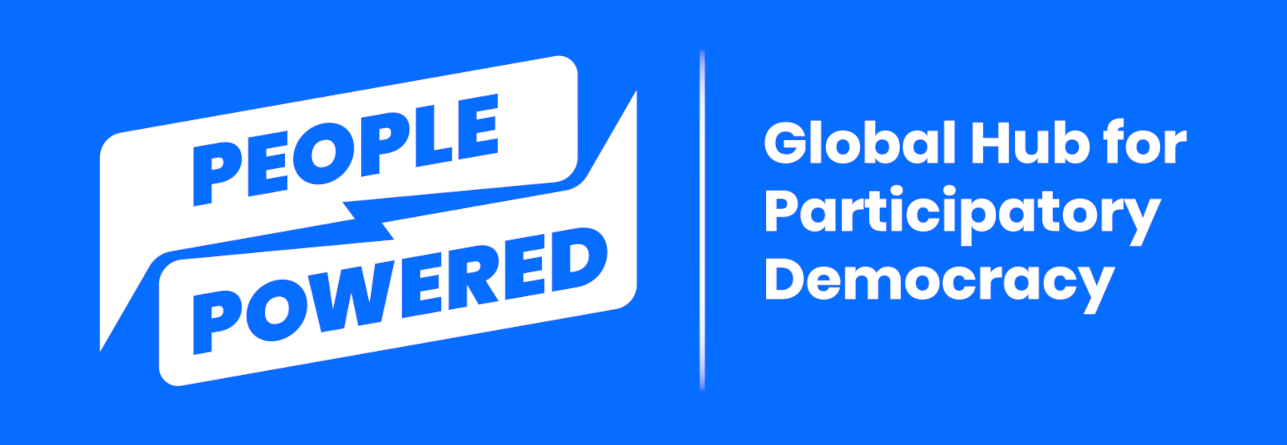New Video: 5 strategies for participatory climate action - a story from the Indian Himalayas
/





For many, it might feel hard to relate to distant climate change concepts when everyday challenges seem more urgent. How can we connect with issues like glaciers receding when we don’t see them affecting our daily lives? For communities in northern India, near the western Himalayas, however, the effects of climate change are undeniable. They witness fruit production declining, plant species vanishing from forests they’ve known for generations, and their environment changing in ways that directly impact their daily lives.
This biodiverse region, a vital water source for Southeast Asia, faces severe environmental challenges: receding glaciers, erratic weather, forest degradation, and diminishing biodiversity. In response, the local NGO Himad Samiti is leading a participatory process with five villages, to conserve and rejuvenate forests by blending traditional practices with innovative strategies.
This initiative was developed through the Climate Democracy Accelerator (CDA), which empowered local leaders with the knowledge and support needed to design a Citizens' Assembly. This assembly engaged the community in addressing urgent environmental challenges, resulting in forest management plans that will be implemented by Forest Councils - community-based institutions that serve as a vehicle to connect citizen participation with government. This collaborative approach has set the stage for restoring forests, recharging water resources, and reviving biodiversity.
Watch the Full Story
This experience shows five keys to participatory climate action:
Identify local needs to inspire collective action
Empower community leaders to create meaningful change
Ensure government support to drive systemic change
Guarantee inclusion to strengthen collective participation
Create clear action plans to generate impactful results
For over a century, local forest councils have played a pivotal role in managing forest resources sustainably. However, tensions with government policies and increasing environmental pressures have made their task more critical than ever. Through this project, community members, especially women who have deep connections with the forest, are reclaiming their historical rights to manage resources while learning modern sustainable practices.
Key Impacts:
Development of integrated forest management plans for five villages
Revival of native forests, particularly oak species essential for water retention
Restoration of biodiversity, attracting wildlife and improving local ecosystems
Enhanced water resources through recharging and conservation efforts
Greater inclusion of women in decision-making, leveraging their ecological expertise
Promotion of sustainable livelihoods through improved agricultural practices and heightened awareness of conservation among villagers
This initiative is supported by People Powered and the Open Government Partnership, with mentorship, training, and resources provided through the Climate Democracy Accelerator. The program was made possible by the Waverley Street Foundation. You and your organization can join as a partner or participant in this transformative program. Learn more here.



